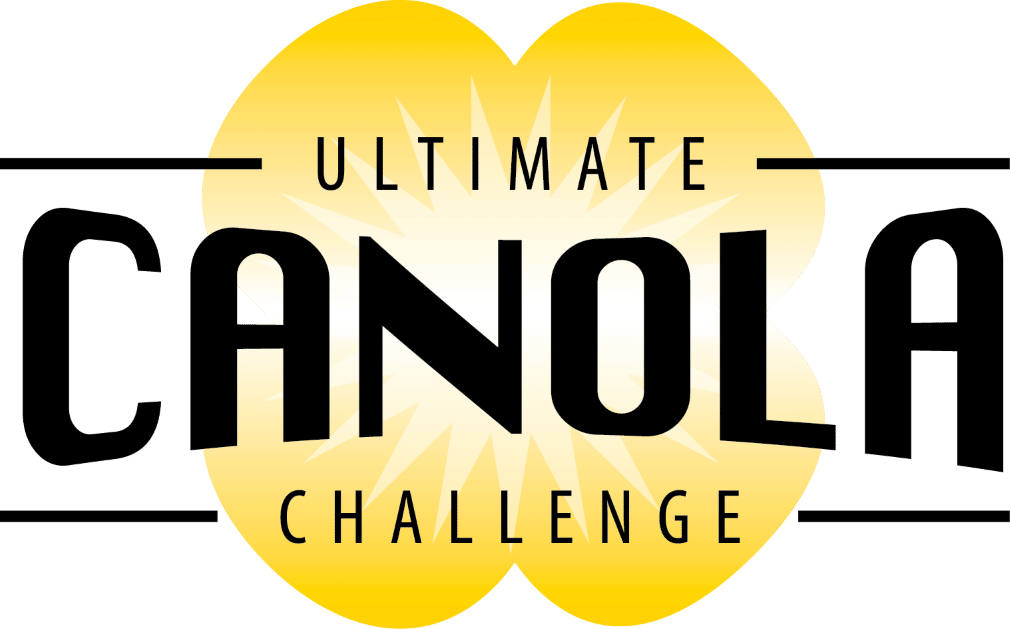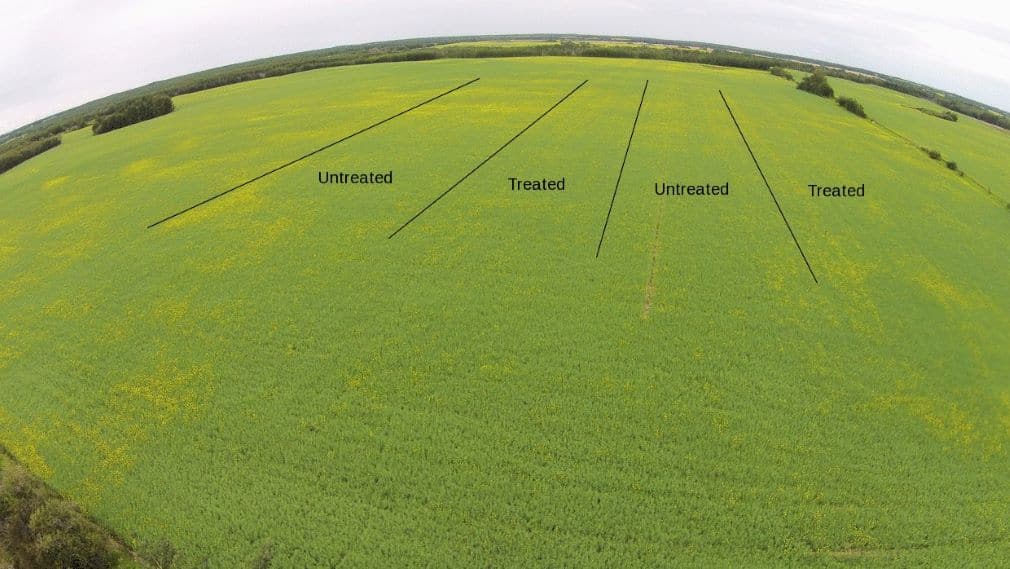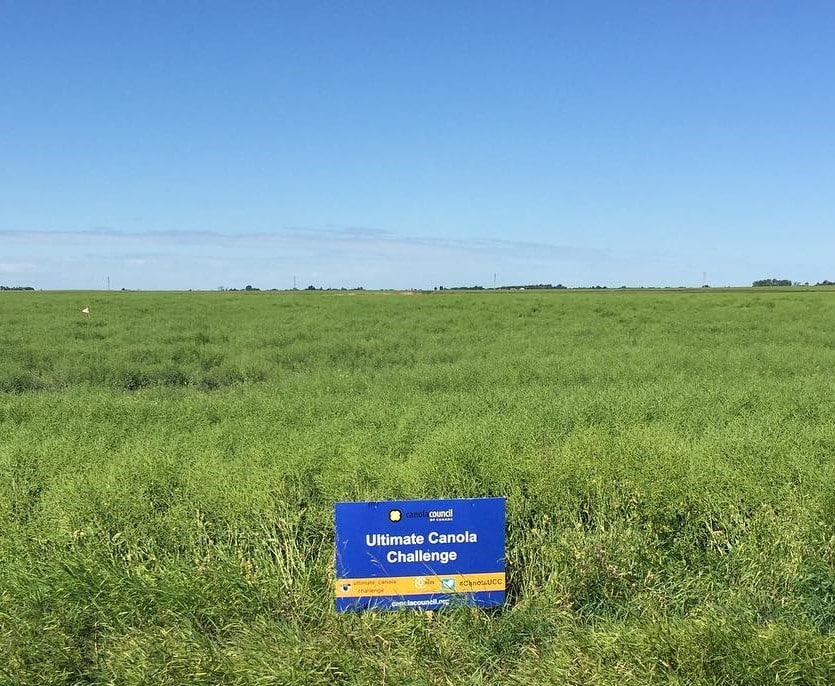Key Result
Research plot and on-farm research trials can both provide useful data to help canola growers evaluate practices and new products to sustainably and profitably obtain higher yields
Project Summary
The Ultimate Canola Challenge (UCC) was a program coordinated by the Canola Council of Canada that ran from 2013-2017. It originated from the idea of agronomists and researchers competing head-to-head with canola research trials to see who could produce better canola yields (2013-2014). However, since they both tended to use the same best management practices (and growers were interested in field scale trials as well), the program evolved into a vehicle to encourage canola growers to evaluate practices and new products for themselves using their own field scale trials, to sustainably and profitably obtain higher yields (2015-2017).
The UCC trials tested whether various canola products such as micro-nutrients and macro-nutrients could increase yields and profitably when used in conjunction with the Canola Council of Canada recommended best management practices for canola production. The trials were tested at multiple research locations across the Prairies. The treatments tested in the trials are provided below.
2013
The first year of UCC trials began with research plots testing the following treatments:
- Sideband nitrogen – 125%
- Foliar nitrogen (UAN) – 125%
- Protinus Seed Primer
- C3 with herbicide
- Boron (flowering)
- A BMPs check plot (which followed the Canola Council of Canada’s recommended best management practices)
The results were reported along with the 2014 results (to have two years of data).
2014
The second year of UCC trials included research plots with all the same treatments from 2013:
- Sideband nitrogen – 125%
- Foliar nitrogen (UAN) – 125%
- Protinus Seed Primer
- C3 with herbicide
- Boron (at flowering)
- A BMPs check plot (which followed the Canola Council of Canada’s recommended best management practices)
Along with some additional treatments:
- More seed (150 seeds/m2 vs the 100 seeds/m2 check)
- Less nitrogen – sideband 75%
- Precede Seed Primer
- Fortified Foliar (5-leaf)
- BioStimulator (1-leaf & rosette)
- Boron (3-5 leaf)
- AGROSOLution CO2 (2-4 leaf & 2 weeks later)
The results of the 2013-2014 UCC trials are provided in this slide deck.
2015
To launch the field scale protocol to farmers in Western Canada, boron was selected as a product for farmers to test on their fields.
For those interested in implementing their own on-farm product research trials, just adapt the Canola Council of Canada’s On-farm research protocols and corresponding trial data collection sheets.
The results of the 2015 UCC trials are provided in this slide deck.
2016
The UCC program protocol was a 25% increased nitrogen rate treatment in field scale trials.
For those interested in implementing their own on-farm nitrogen rate comparison research trials, check out the Canola Council of Canada’s On-farm research nitrogen rate protocol and corresponding trial data collection sheet.
The results of the 2016 UCC trials are provided in this slide deck.
2017
The UCC program protocol was again a 25% increased nitrogen rate treatment in field scale trials (to have two years of data). However, additional protocols were also created for growers wanting to test another parameter, such as seeding rate, seeding speed and variety (cultivar) comparison trials.
For those interested in implementing their own on-farm nitrogen rate research trials, check out the Canola Council of Canada’s On-farm research protocols and corresponding trial data collection sheets.
The results of the 2017 UCC trials are included in this 2014-2017 UCC data summary (poster).
UCC Trial tips
When conducting an on-farm UCC, the following procedures were recommended:
- Leave a check strip in the trial. A check strip ensures differences in crop performance in the treatments are due to the treatment differences and not naturally occurring spatial variation. The further the check strip is from the other treatments, the less confident one can be that differences in product performance are real.
- The check strip should reflect your best management practices for your canola crop. Check strips should not be on field edges or areas that are not typical of the field. Ensure the check strip is wider than the width of your swather. The selected field should be as uniform as possible in topography and soil.
- When swathing, leave a four foot buffer between treatment splits.
- Keep records of your trial. This is important to the success of the trial.
- Plan on weekly scouting of the trial to note visual differences of the treatment, and make informed decisions about weed, disease or insect control, stand establishment issues and swathing and harvest timing.
Record weather events, such as hail, frost, excessive heat, humidity, rain, etc.
For more tips on running on-farm trials, see this Canola Watch article.








